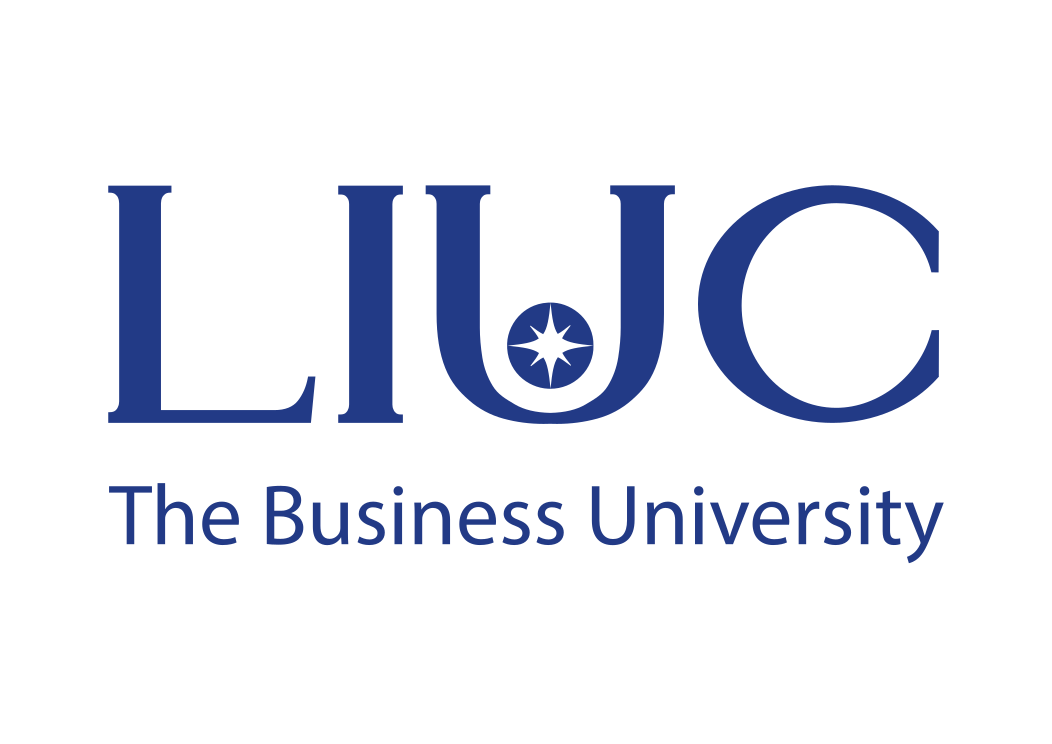28 Ottobre 2016– LIUC Università Cattaneo
Relatore: Davide Radi
All’interno del ciclo di seminari rivolti ai docenti e ricercatori LIUC, programmati dal Prorettore per rendere meglio noti i temi presidiati in Università e dare modo a tutti i ricercatori di presentare i loro lavori con l’intento di costruire nuove collaborazioni di ricerca, il Dott. Davide Radi, docente della Scuola di Ingegneria Industriale e della Scuola di Economia e Management della LIUC – Università Cattaneo, ha presentato ai colleghi il suo lavoro relativo a “Walrasian versus Cournot behavior in an oligopoly of bounded rational firms”.
Abstract
An evolutionary oligopoly game, where firms can select between the best-reply rule and the Walrasian rule, is considered. The industry is characterized by a finite number of ex-ante homogeneous firms that, characterized by naive expectations, decide next-period output by employing one of the two behavioral rules. The inverse demand function is linear and all firms have the same quadratic and convex cost function (decreasing return to scale). Based upon realized profits, the distribution of behavioral rules is updated according to a replicator dynamics. The model is characterized by two equilibria. The Cournot-Nash equilibrium where all firms adopt the best-reply rule and produce in the Cournot-Nash quantity and the Walrasian equilibrium where all firms adopt the Walrasian rule and produce the Walrasian quantity.
The analysis reveals that the Walrasian equilibrium is globally stable as long as the rate of change of marginal cost exceeds the sum of residual market price sensitivities to output. If not, the Walrasian equilibrium loses stability and an attractor, representing complicated dynamics with evolutionary stable heterogeneity, arises through a bifurcation. As the propensity of firms to select the more profitable behavioral rule increases, the attractor disappears through a global bifurcation and the Cournot-Nash equilibrium can become a global Milnor attractor. To sum up, the best-reply rule can be evolutionary dominant over the Walrasian rule and this can lead an oligopoly to select the Cournot-Nash equilibrium.
Ufficio Ricerca
ricerca@liuc.it
Elenco seminari 2016


